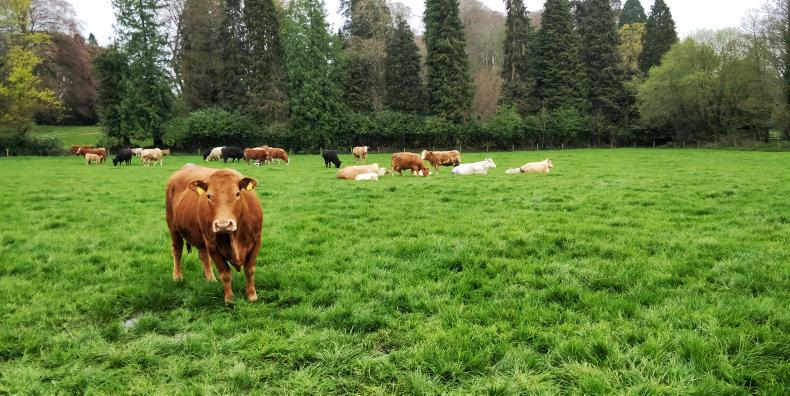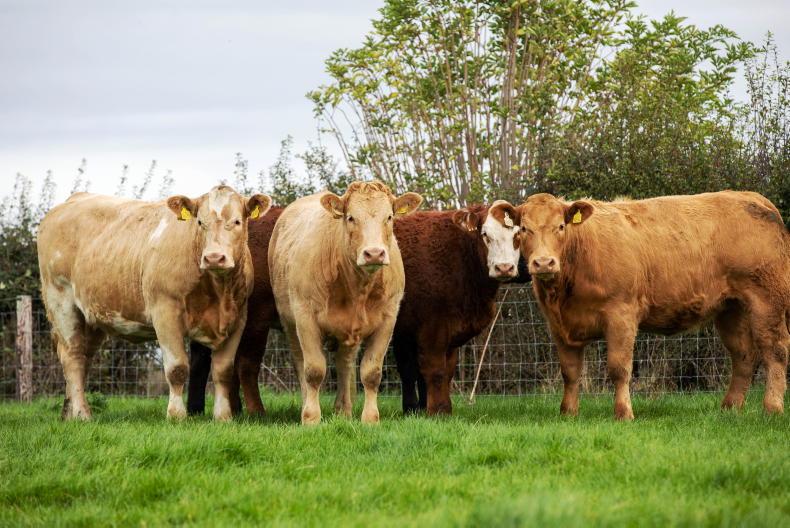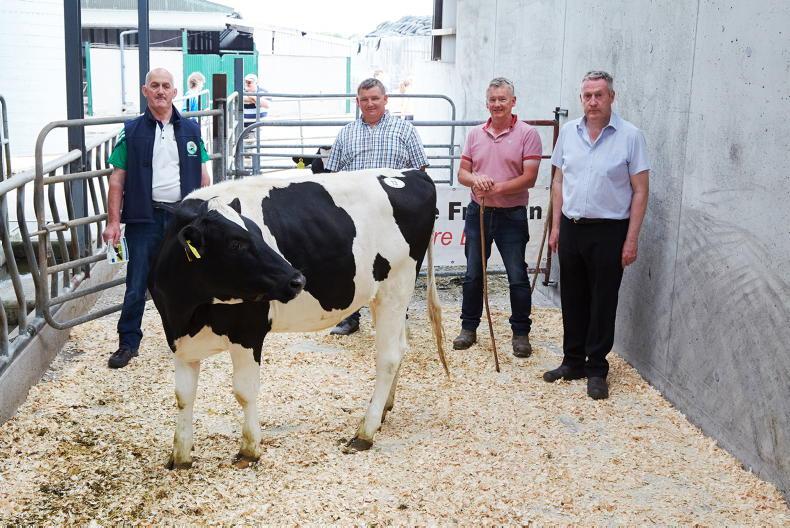The frustration felt by farmers was evident at the Irish Farmers Journal Beef Summit in Ballinasloe this week. Months of weak prices have left farmers particularly angry yet there is no simple silver bullet solution to the problem of getting returns that make suckler farming and specialised beef production a viable business.
Add to this the very public and vocal opposition to livestock farming of any type from the anti-meat lobby and we get some idea of the scale of challenge facing the industry.
Fact based analysis
In addressing the problem we have to be equipped with the facts that the industry has to deal with. Irish beef production has a huge global disadvantage in that it doesn’t have a year-round grass growing season nor access to growth-promoting hormones. It also has to accommodate enhanced welfare and environmental controls compared with other major exporting nations which, in return, a modest payment is made through the Common Agricultural Policy (CAP). What we do have is a family farm welfare friendly system with a huge reliance on grass and a huge supply of water from high annual rainfall.¸
It is easy to jump to the conclusion that they are earning a fortune at the farmer’s expense
The case for the wider value of the industry was well made, yet current prices don’t leave the farmer who is producing the raw material that supports all the other jobs with a viable income. It is easy to call for factories to pay more and in the absence of any meaningful insight to what goes on behind factory gates. It is easy to jump to the conclusion that they are earning a fortune at the farmer’s expense. However that is over simplification.
More supply
It is a reality that South America exported more beef to the EU in 2018 than it did the year before just as EU exports also fell. With a marginal increase in production and consumption at best static, the reality is that the EU has had an oversupply of beef since late last year.
There is always a case for factories to answer about how well they are selling the beef but the reality is that we are talking about small margins here, at best a few cents per kg and not enough to make a meaningful difference for most beef farmers.
No single solution
A couple of weeks ago the Irish Farmers Journal published a list of the CAP coupled payments by country across the EU 28 for this year.
It is EU production demands and standards that are a significant impediment in making the Irish beef industry globally competitive, therefore it follows that these should be paid for
Overall, €1.7bn will be distributed in 23 out of the 28 member states with Ireland and Germany the only significant beef-producing countries that don’t have a coupled CAP payment. It is EU production demands and standards that are a significant impediment in making the Irish beef industry globally competitive, therefore it follows that these should be paid for. At present, the national exchequer provides for a BDGP and BEEP payment of with a combined value of €120/cow before genotyping costs and is targeted at performance rather than offsetting the cost of being in the EU.
It falls to the Government to gain market access to as many countries as possible and to Bord Bia to market and promote the values of Irish production
That is why development of a sustainable beef industry requires the twin track of maximum market performance along with EU support to have a viable return for production. Maximising market return has to be a combined factory farmer effort where farmers produce the highest-value animals that can be supplied to the best paying markets. It falls to the Government to gain market access to as many countries as possible and to Bord Bia to market and promote the values of Irish production. Then the industry has to commercially exploit these markets and return the value to farmer suppliers. IF this is achieved, then a viable suckler and beef industry can be a reality but if the entire Irish chain isn’t performing then the supply base of raw material will not be economically sustainable long term with serious consequences for downstream employment in some of Ireland’s most disadvantaged areas.









SHARING OPTIONS